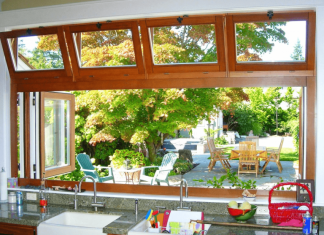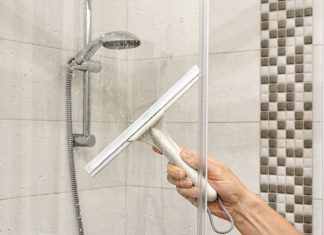Water is not only a precious resource but also a costly one. As households around the world grapple with rising utility bills, finding ways to conserve water becomes increasingly important. Fortunately, even small changes in water usage can lead to significant savings over time. This article explores the concept of the ripple effect in water conservation, highlighting various strategies that can help reduce your water bill without compromising on convenience or comfort.
Understanding the Ripple Effect
The ripple effect, in the context of water conservation, refers to the idea that small changes in behavior or infrastructure can have far-reaching consequences. Just as a single pebble creates expanding ripples when dropped into a pond, simple adjustments in how we use water can lead to cascading benefits, both in terms of cost savings and environmental impact.
Identifying Water Wastage
Before implementing any changes, it’s crucial to identify areas where water is being wasted. Common sources of water wastage in households include:
- Leaky faucets and pipes
- Running toilets
- Overwatering of plants and lawns
- Inefficient appliances, such as washing machines and dishwashers
- Long showers or baths
- Leaving taps running while brushing teeth or washing dishes
By addressing these sources of wastage, households can significantly reduce their water consumption and, consequently, their water bills.
Strategies for Water Conservation
1. Fixing Leaks
Even small leaks can add up to significant water loss over time. If you’ve been wondering why is my water bill so high, identifying and fixing leaks is often the first and most effective step in reducing unnecessary water usage. Regularly inspect faucets, pipes, and toilets for leaks, and promptly repair any issues you find. Installing low-flow faucets and showerheads can also help minimize water usage without sacrificing water pressure.
2. Upgrading Appliances
Older appliances, such as washing machines and dishwashers, are often less water-efficient than their newer counterparts. Consider upgrading to Energy Star-rated appliances, which are designed to use less water and energy without compromising performance. Additionally, front-loading washing machines typically use less water than top-loading models.
3. Water-Efficient Landscaping
Opt for drought-resistant plants in your garden and use mulch to retain moisture in the soil. Consider installing a drip irrigation system to deliver water directly to the roots of plants, minimizing evaporation and runoff. Collect rainwater in barrels and use it for watering your garden instead of relying solely on municipal water sources.
4. Behavioral Changes
Simple changes in daily habits can also lead to significant water savings. Encourage family members to take shorter showers, turn off taps while brushing teeth or washing dishes, and only run the dishwasher or washing machine when they are fully loaded. These small adjustments can add up to substantial reductions in water usage over time.
5. Water Monitoring
Install a water meter to track your household’s water consumption more accurately. Monitoring your usage can help identify trends and pinpoint areas where further conservation efforts are needed. Many utility companies also offer online tools or mobile apps that allow you to track your water usage in real-time and receive personalized conservation tips.
The Economic Benefits of Water Conservation
In addition to reducing your environmental footprint, water conservation can lead to tangible financial savings. By implementing the strategies outlined above, households can lower their water bills and potentially qualify for rebates or incentives offered by utility companies for water-efficient appliances and fixtures. Over time, these savings can accumulate, providing additional funds for other household expenses or investments.
Conclusion
The ripple effect of water conservation demonstrates how small changes can make a big difference in reducing both water consumption and utility costs. By addressing sources of water wastage, upgrading to water-efficient appliances, implementing water-wise landscaping practices, and adopting simple behavioral changes, households can contribute to water conservation efforts while enjoying the economic benefits of lower water bills. Embracing the ripple effect not only benefits individual households but also contributes to the broader goal of ensuring a sustainable water supply for future generations.














